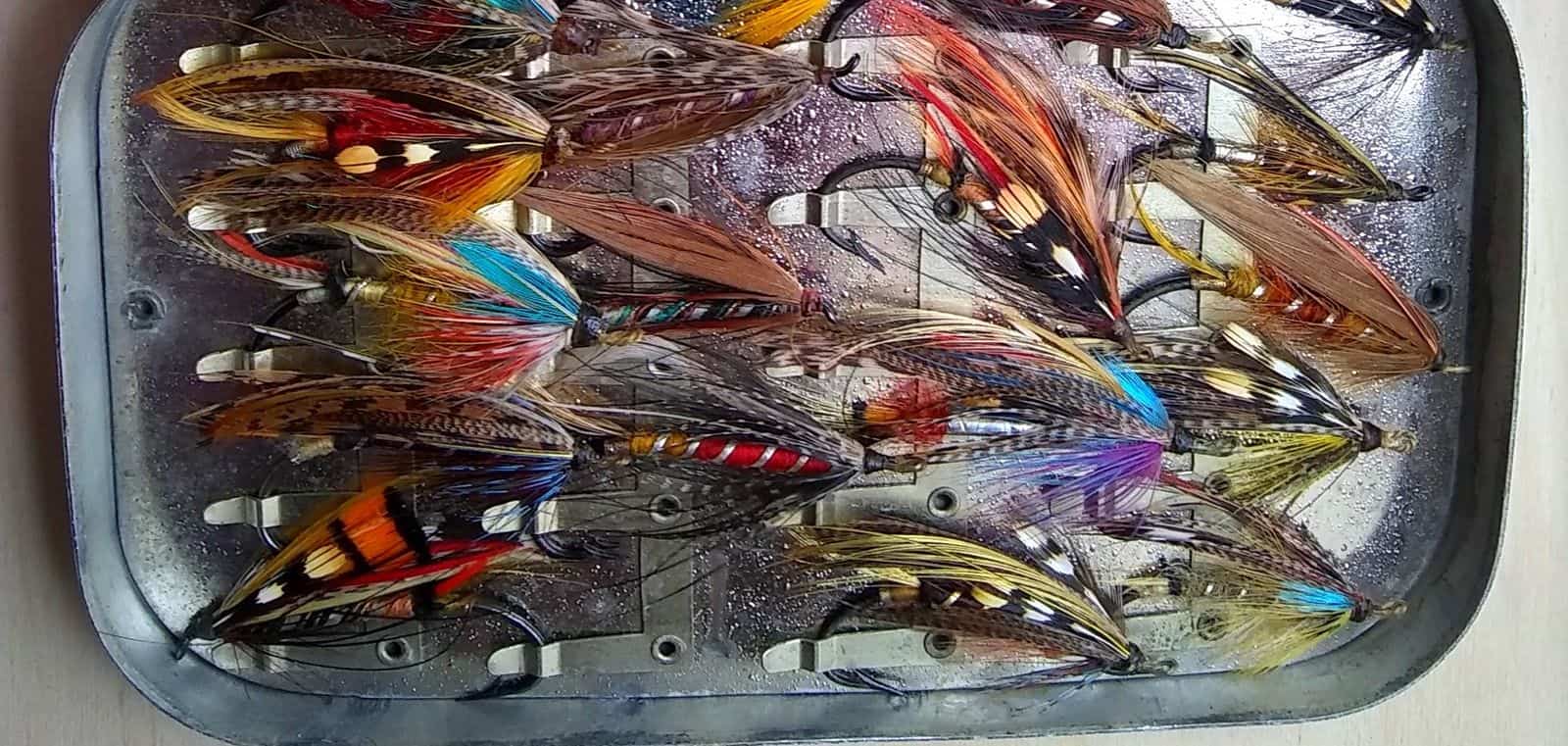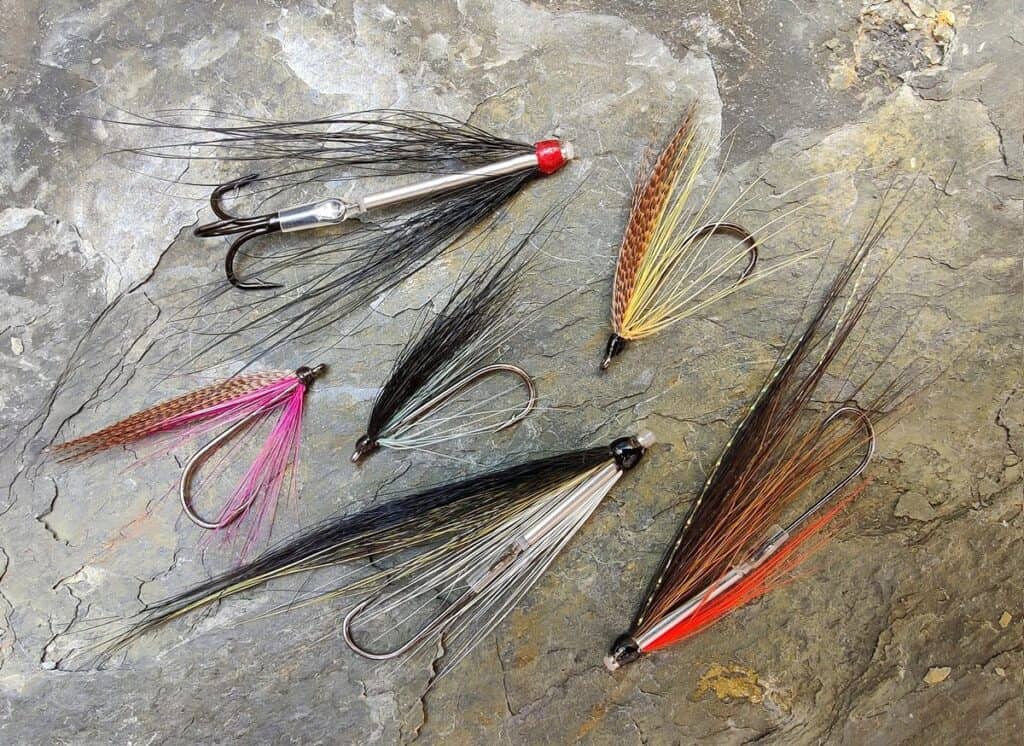Tying Flies for Trout, Salmon and Sea Trout
Fishing Flies Old and New
Much of the fascination of fly fishing, whether for salmon, trout or sea trout, lies in the beauty of the artificial flies used to catch them, and the creativivity of the fly tyer. Many of the classic salmon flies, of the nineteenth century in particular, are true works of art, which few anglers today would dream of getting wet. There are still modern tyers who recreate the artistry of the professional tyers of yesteryear, painstakingly following the old intricate recipes to create lovely flies worthy of their early inventors.
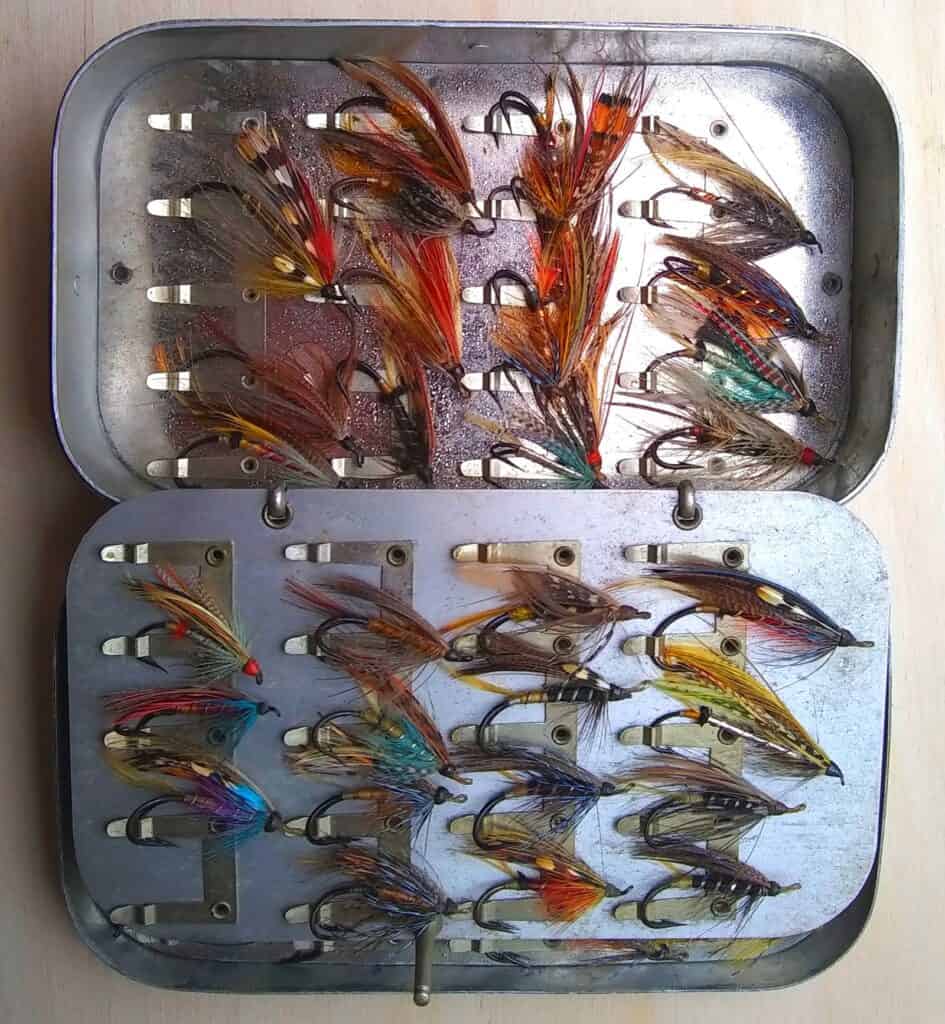
Salmon Fly Tying
But today’s fishing flies are very different. Gone are the exotic feathers and heavy hooks used a hundred years ago, now retired to the display case. In their place, we find doubles and trebles as well as new designs of single hooks, or flies dressed on tubes of all shapes, sizes and materials. Natural materials are often replaced with artificial substitutes which are much simpler and cheaper to source, although natural hair such as bucktail still forms an essential part of many modern day dressings. It is often now the weight of the fly line, rather than the weight of a large heavy or long copper tube, which carries a much lighter fly down to the required fishing depth.
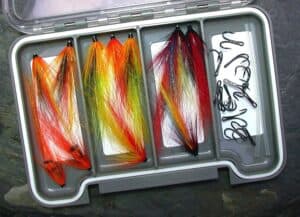
Trout Fly Tying
In trout fly fishing, the old traditional patterns are still very much in demand and favoured by many, whether for dry fly fishing on a chalkstream; swinging a sparely dressed North Country spider pattern on the rivers of Yorkshire or on the Clyde; or casting a team of classic traditional Scottish loch flies over the front of a drifting boat, famous old patterns like the Butcher, Greenwell’s Glory, Black Pennell, Blae & Black, Invicta, Hardy’s Gold Butcher, Grouse & Claret and Kingfisher Butcher illustrated in the photograph below.
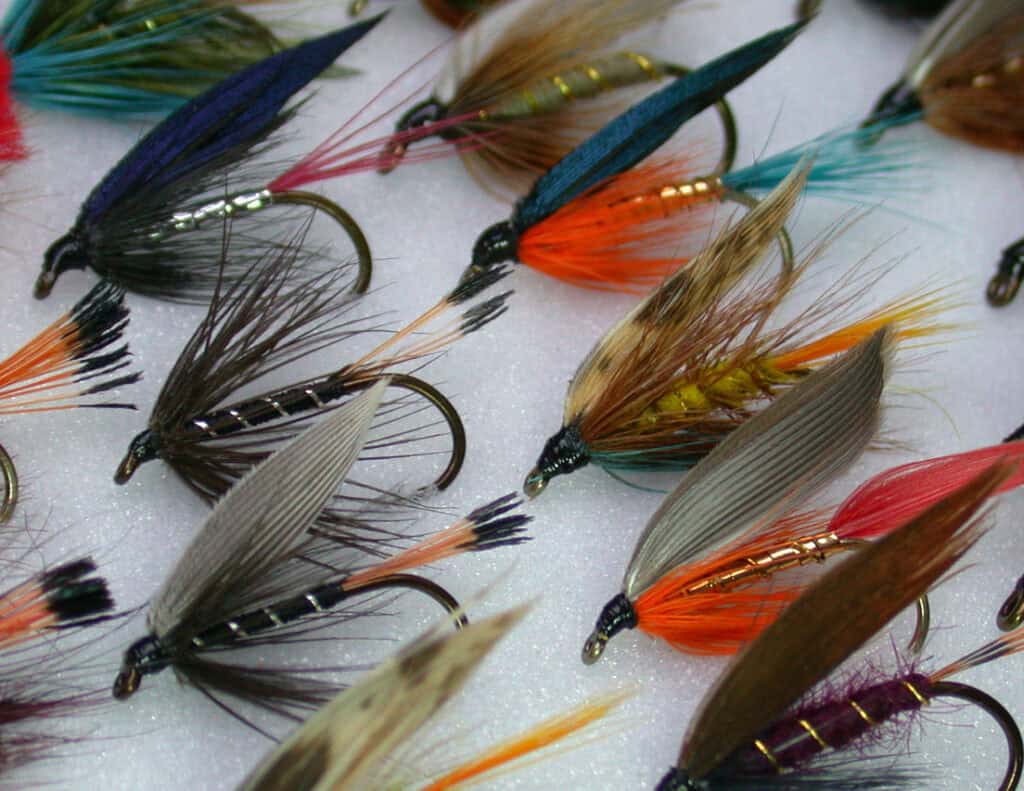
But these have been supplemented over many decades with new patterns, not only for wild brown trout fishing but also for the fishy residents of the newly established rainbow trout fisheries which have sprung up around the country to provide accessible, reliable sport in or near areas of highly dense populations, far away from the wild trout of the remoter parts of these islands. As in salmon fishing, the fisher/fly tyer is able to create his own innovative killer patterns rather than rely on the popular tackle shop offerings.
Sea Trout Fly Tying
Sea trout fishing is again a unique area of the fly fishing world, requiring a wholly different set of norms and conventions in tying flies for what is, in the main, night time fishing. The objective is to create a lure which will prompt an instinctive response to the sudden appearance of something which might remind the sea trout of a prey item it has recently been feeding on in the tidal, saltwater shallows. Something impressionistic, fish-like. As our sea trout flies are generally designed with night fishing in mind, colour is less important than size, shape and silhouette, or the speed and depth at which the fly will be fished.
